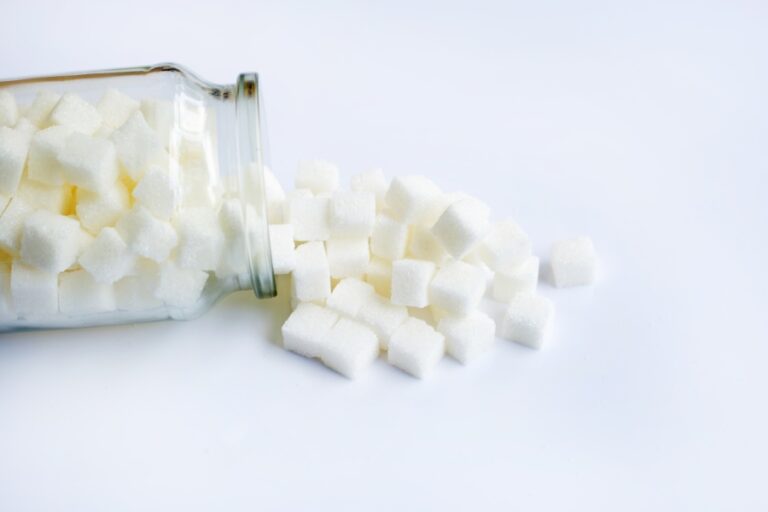Rotary Tablet Press Machine
Tablets need to be consistent in shape, weight, and strength to meet rigorous safety standards. At Finetech, our rotary tablet press machines are built to deliver high speed and precision while ensuring minimal waste.
Amazing Rotary Tablet Press Machine Collection
We have an incredible collection of rotary tablet press machines with varying capacities and speeds that maximize your efficiency. These include:
Number of Stations: 41 to 64
Tooling Standards: D, B, BB, BBS
Maximum Main Pressure (KN): 100
Maximum Tablet Diameter (mm): 25 to 13 for irregular and 25 to 11 for regular
Maximum Production Capacity for Single Layer Tablets (pcs/hour): 393600 to 624000
Motor Power (Kw): 7.5
Number of Stations: 24 to 39
Tooling Standards: D, B, ZP, BB, BBS
Maximum Main Pressure (Kn): 20
Maximum Tablet Diameter (mm): 25 to 13 for irregular tablets and 25 to 11 for regular tablets
Maximum Production Capacity (pcs/hour): 93600 to 152100
Motor Power (Kw): 4
Number of Stations: 29 to 41
Tooling Standards: D, B, BB, BBS
Maximum Main Pressure (Kn): 100 to 120
Maximum Tablet Diameter (mm): 25 to 11
Maximum Production Capacity (pcs/hour): 139200 to 196800
Motor Power (Kw): 7.5
Number of Stations: 17
Maximum Main Pressure (Kn): 60
Maximum Tablet Diameter (mm): 20
Maximum Production Capacity (pcs/hour): 30600
Motor Power (Kw): 3
Number of Stations: 9
Maximum Main Pressure (Kn): 40
Maximum Tablet Diameter (mm): 12
Maximum Production Capacity (pcs/hour): 16200
Motor Power (Kw): 1.5
Maximum Main Pressure (Kn): 15, 50, 60
Maximum Tablet Diameter (mm): 12, 20, 25
Maximum Production Capacity (pcs/hour): 6000, 4500, and 3000, respectively
Motor Power (Kw): 0.37, 0.75, and 1.1
Specification
| Model | GZP570-41 | GZP570-51 | GZP570-61 | GZP570-65 | ZP-9 | ZP17 | ZP420-29 | ZP420-35 | ZP420-39 | ZP420-41 | ZP1100-24 | ZP1100-29 | ZP1100-34 | ZP1100-36 | ZP1100-39 | ZP1100-50 | |
| Number of Stations | 41 | 51 | 61 | 65 | 5/7/9/11 | 17 | 29 | 35 | 39 | 41 | 24 | 29 | 34 | 36 | 39 | 50 | |
| Max Main Pressure (KN) | 100 | 100 | 100 | 100 | 40 | 50 | 120 | 100 | 100 | 100 | 80 | 80 | 80 | 80 | 80 | 80 | |
| Max Pre-pressure(KN) | 40 | 40 | 40 | 40 | / | 10 | 20 | 20 | 20 | 20 | 20 | 20 | |||||
| Max Tablet Diameter(mm) | Round tablet | 25 | 18 | 13 | 11 | 12 | 20 | 25 | 18 | 13 | 11 | 25 | 18 | 13 | 13 | 11 | 8 |
| lrregular tablet | 25 | 19 | 16 | 13 | 22 | 25 | 19 | 16 | 13 | 25 | 19 | 16 | 16 | 13 | 8 | ||
| Max Filing Depth(mm) | 20 | 18 | 15 | 15 | 12 | 15 | 20 | 18 | 15 | 15 | 18 | 18 | 18 | 18 | 18 | 18 | |
| MaxTablet Thickness (mm) | 10 | 8 | 6 | 6 | 6 | 6 | 8 | 7 | 6 | 6 | 7 | 7 | 7 | 7 | 7 | 7 | |
| Max Production Capacity(pcs/h) | 295200 | 367200 | 439200 | 468000 | 9k/13k/16.8k | 40800 | 139200 | 168000 | 187200 | 196800 | 93600 | 13100 | 132600 | 140400 | 152100 | 195000 | |
| Motor Powwer(kw) | 11 | 7.5 | 7.5 | 7.5 | 1.5 | 2.2 | 7.5 | 5.5 | 5.5 | 5.5 | 4 | 4 | 4 | 4 | 4 | 4 | |
| Overall Size(mm) | 1420*1200*1850 | 410*410*940 | 950*770*1740 | 960*1150*1900 | 960*910*1750 | ||||||||||||
| Machine Weight(kg) | 3500 | 170 | 900 | 2000 | 1650 | ||||||||||||
| Tooling Standard | D | B | BB | BBS | / | / | D | B | BB | BBS | D | B | ZP | BB | BBS | TS14 |
Applications of Rotary Tablet Press Machines
Our rotary tablet press machines are versatile with applications across various industries, such as:




More details about Machine
Key Parts of Rotary Tablet Press Machine

Rotary tablet press machines have multiple dies and punches that rotate continuously, producing many accurate tablets.
Many Punches and Dies
Some equipment has programmable logic controls and touch screen interfaces for controlling, monitoring, and managing tablet compression processes.
Smart Controls
Small and large scale manufacturers use rotary tablet press machines to produce hundreds and thousands of tablets per hour.
High Speed ProductionHow Does Rotary Tablet Press Machine Work
Our rotary tablet press machines are efficient and are based on the principle of continuous rotation and compression. Let’s discuss their work:
- Step 1: Firstly, the powder or granules are fed into a hopper and then placed in the die cavity.
- Step 2: The cavity is filled with a precise amount of powder to have a consistent and quality tablet.
- Step 3: When the turret rotates, the upper and lower punches move and apply pressure, compressing the powder present in the die. The applied pressure is helpful in determining the tablet’s hardness and compactness.
- Step 4: Once the compression process is complete, the lower punch moves upwards, and the finished tablet is pushed out of the cavity.
FAQ
A rotary press with its multiple tooling stations can produce multiple tablets concurrently, while a single-punch tablet press produces one tablet per cycle.
Typically, a rotary press can produce 10,000 to 500,000 tablets, depending on the size and model.
Yes, you can control the tablet’s hardness and weight by adjusting its compression force and fill depth.
Common causes of tablet defects like capping include trapped air or inadequate compression force.
Materials like dry powders and granules used in pharmaceutical, herbal, or chemical formulations can be compressed into tablets.






The compression force can be easily adjusted and optimized to make sure tablets have the desired hardness and thickness.
Adjustable Compression Force